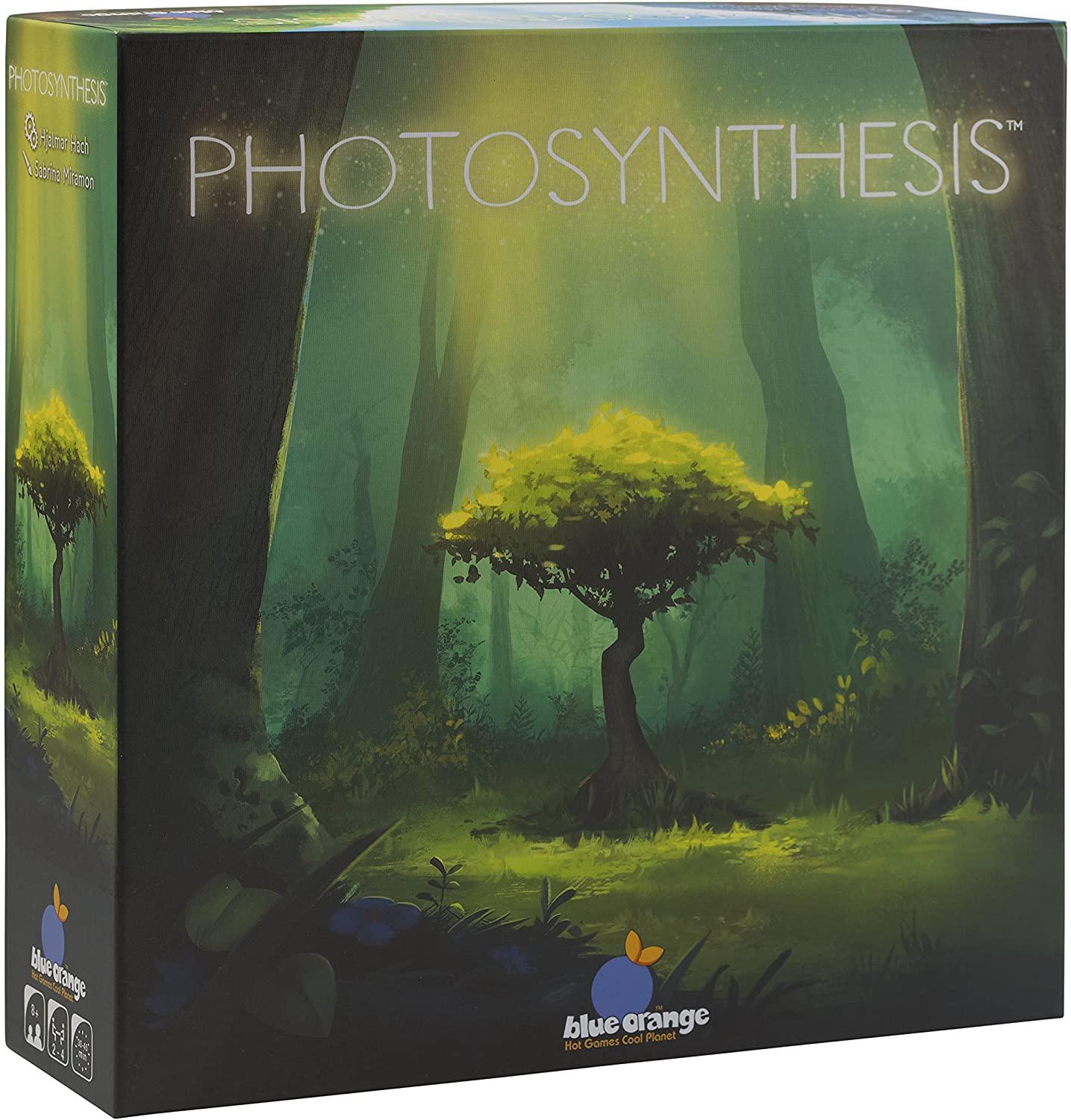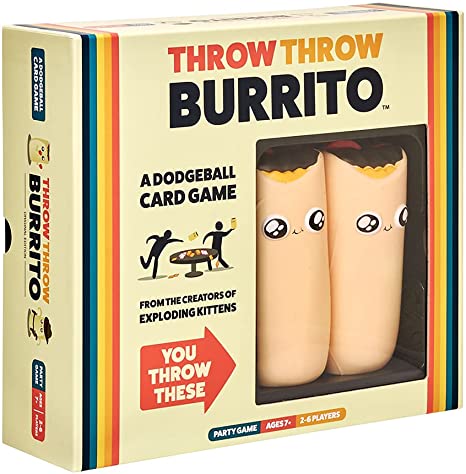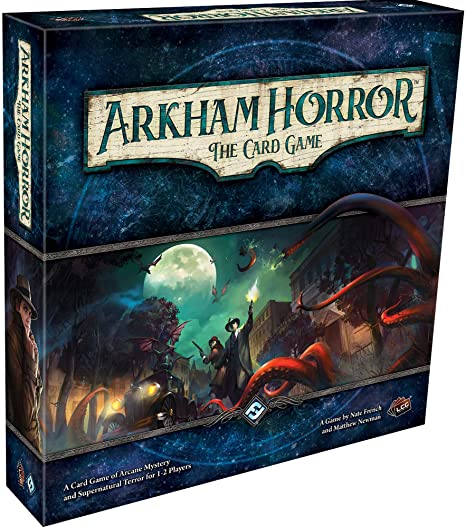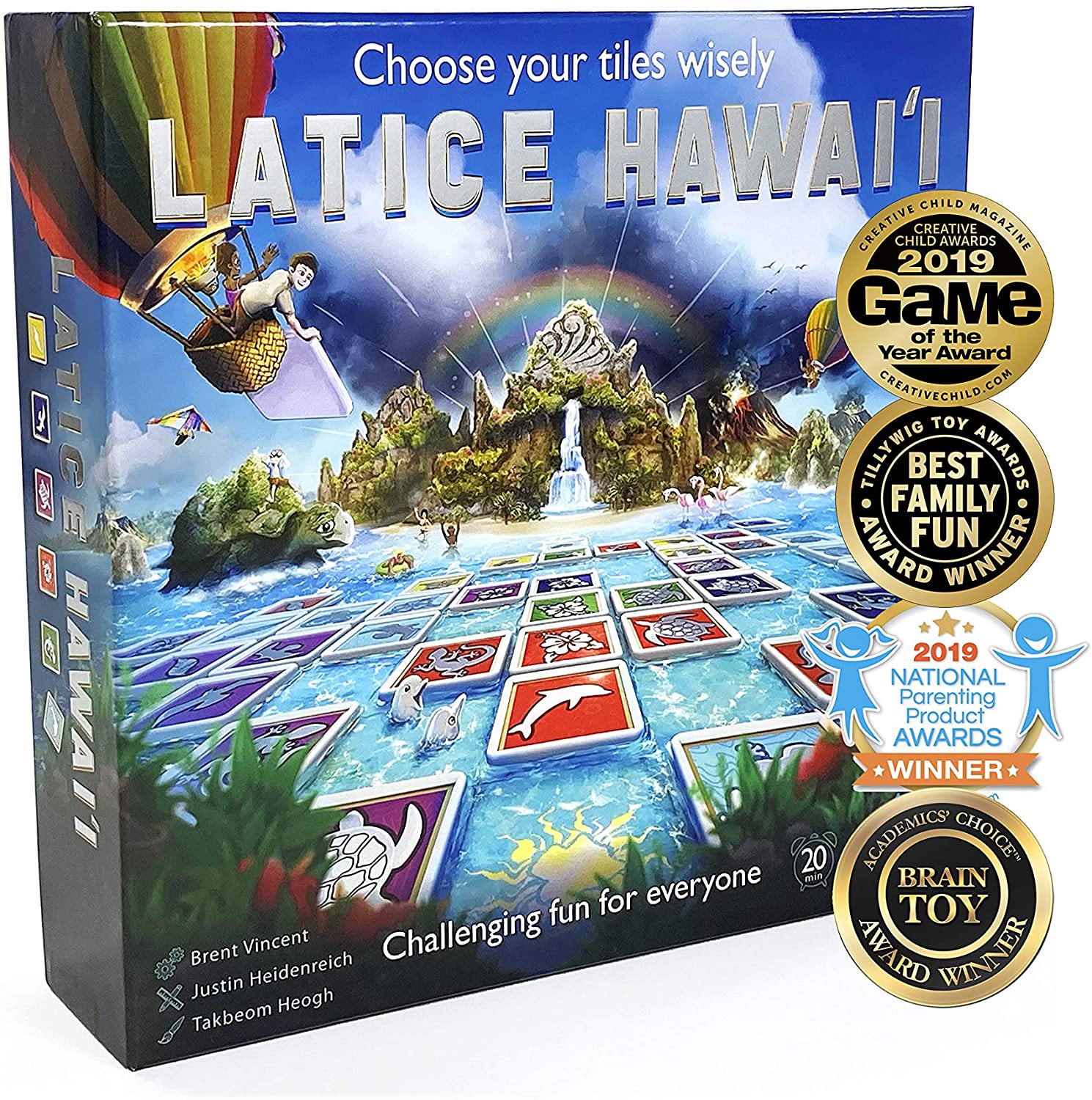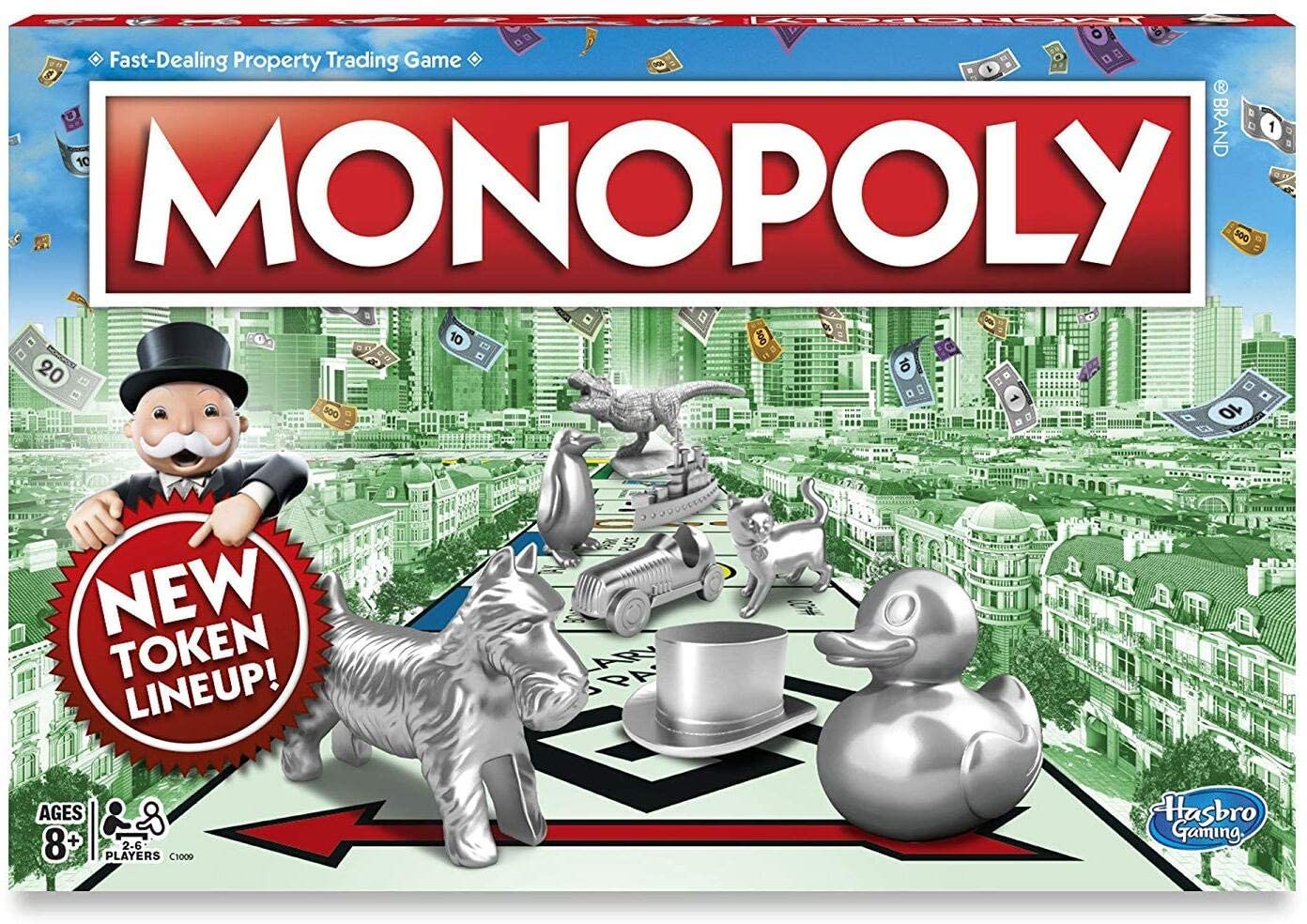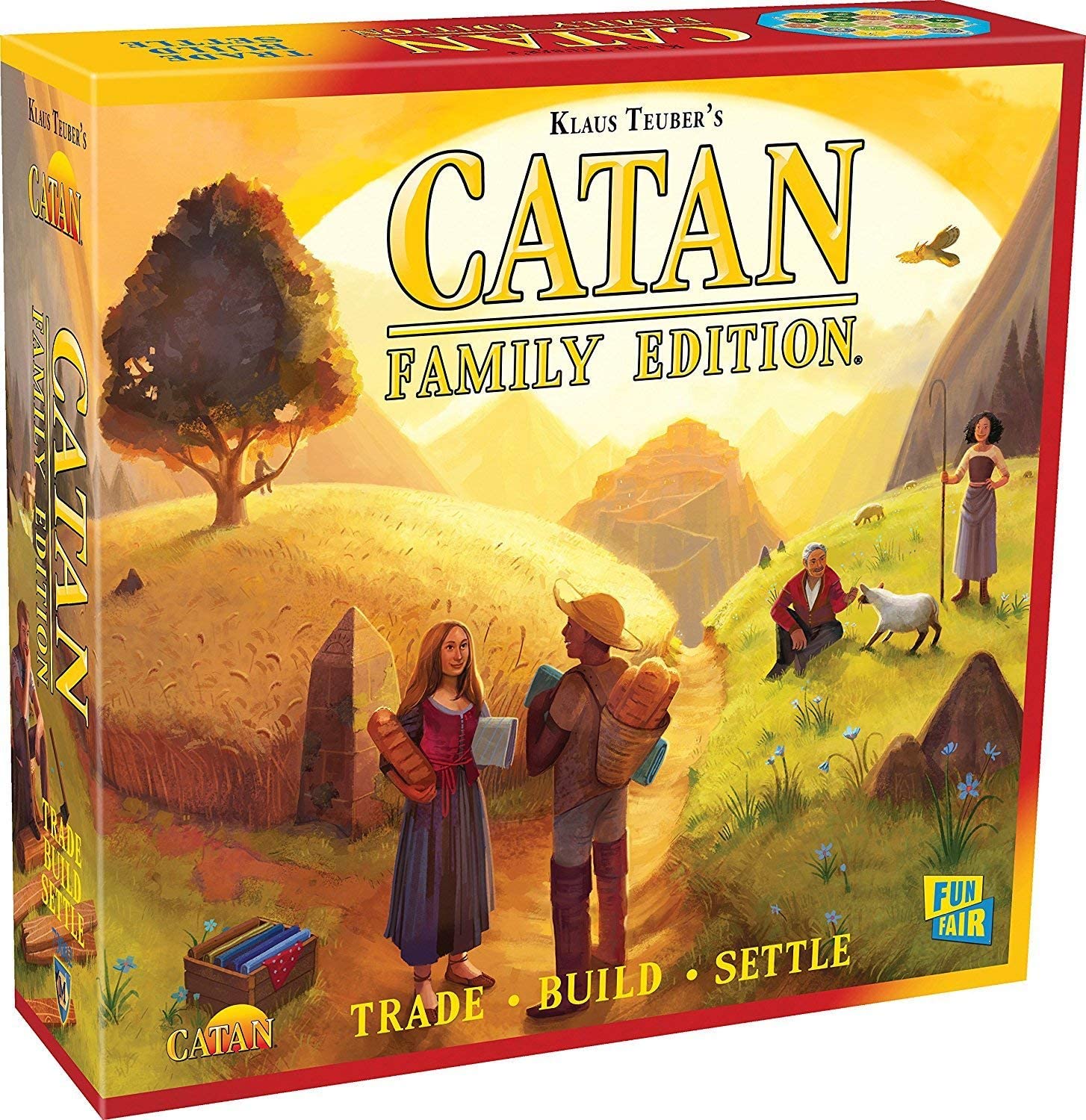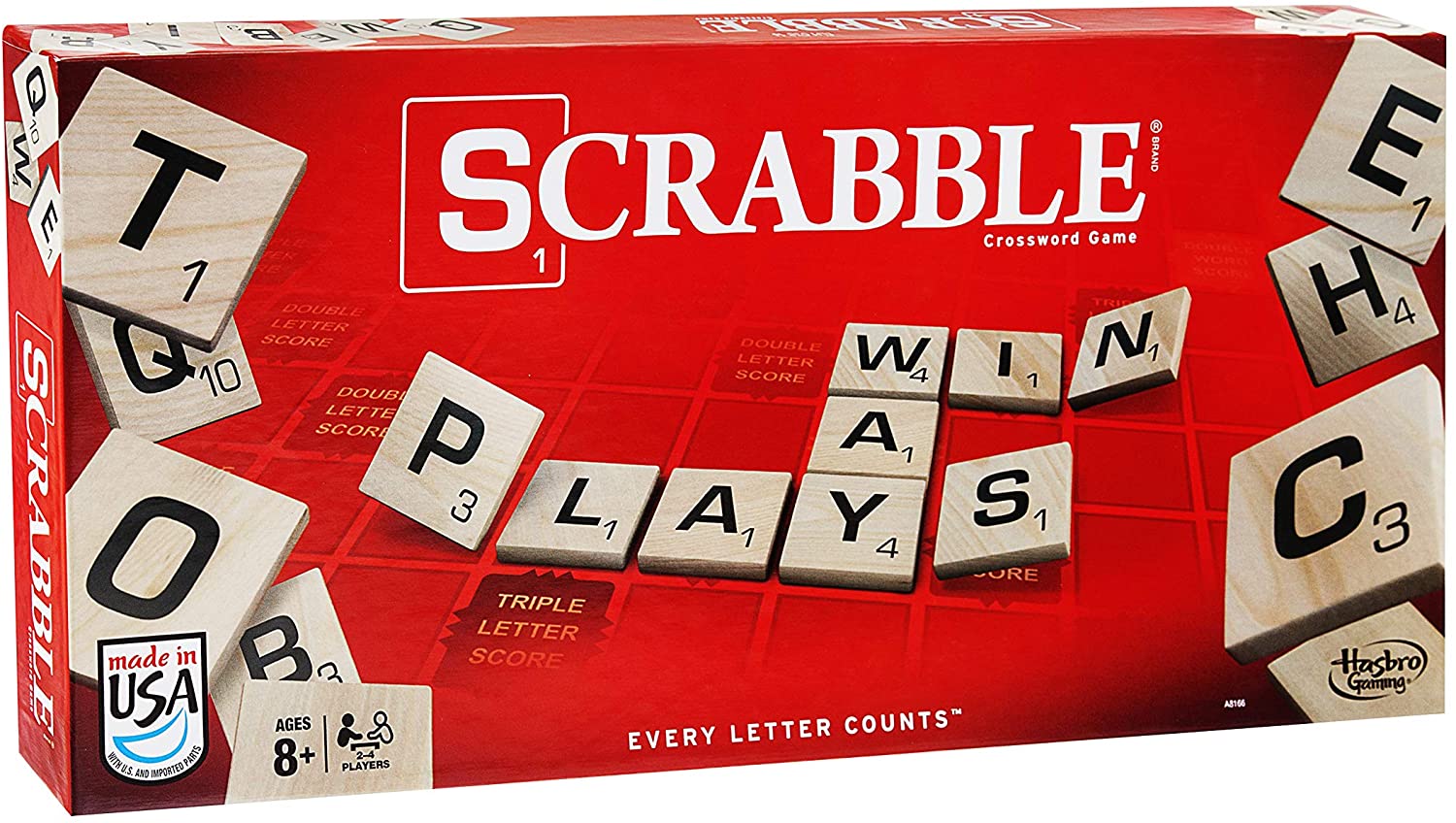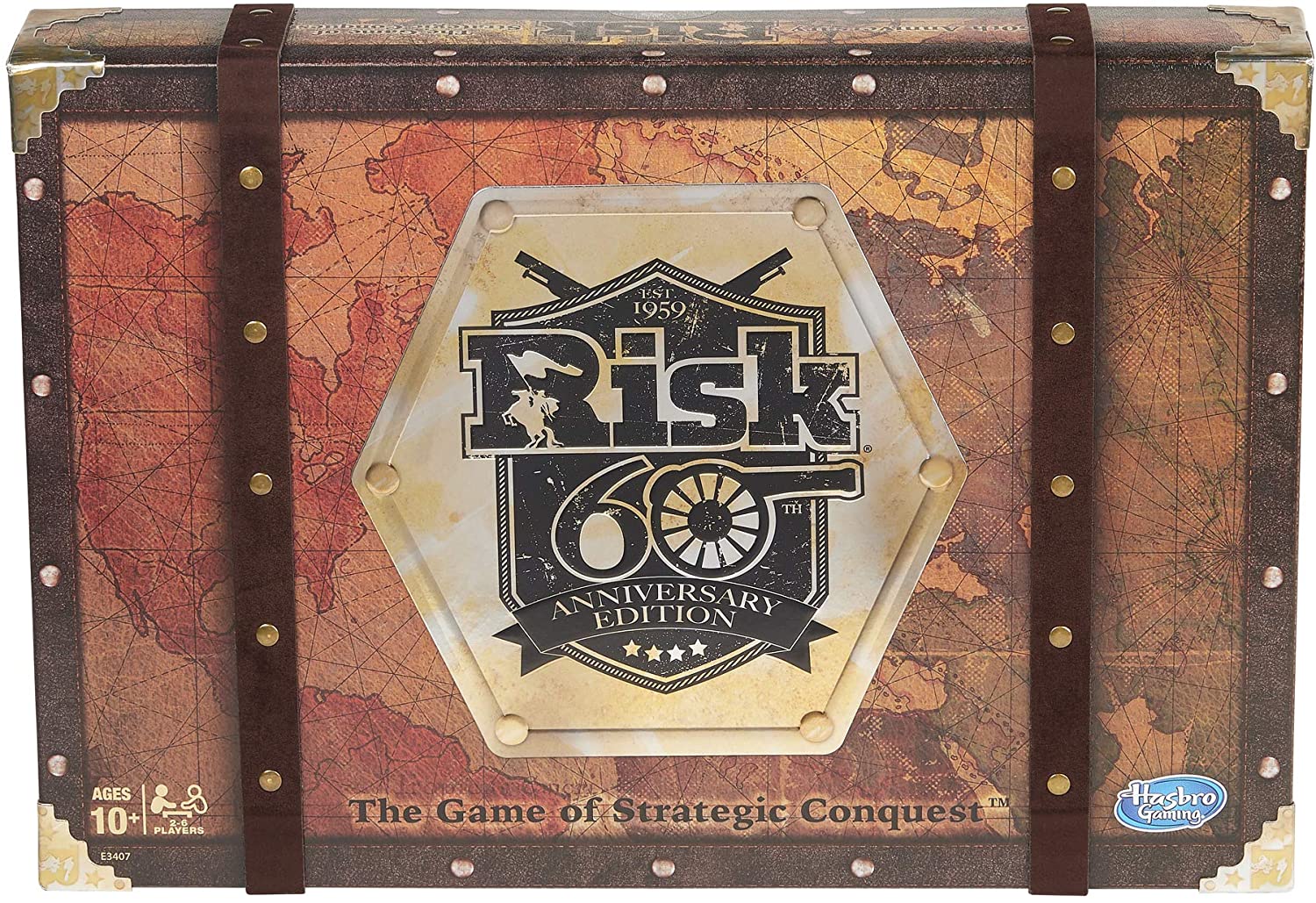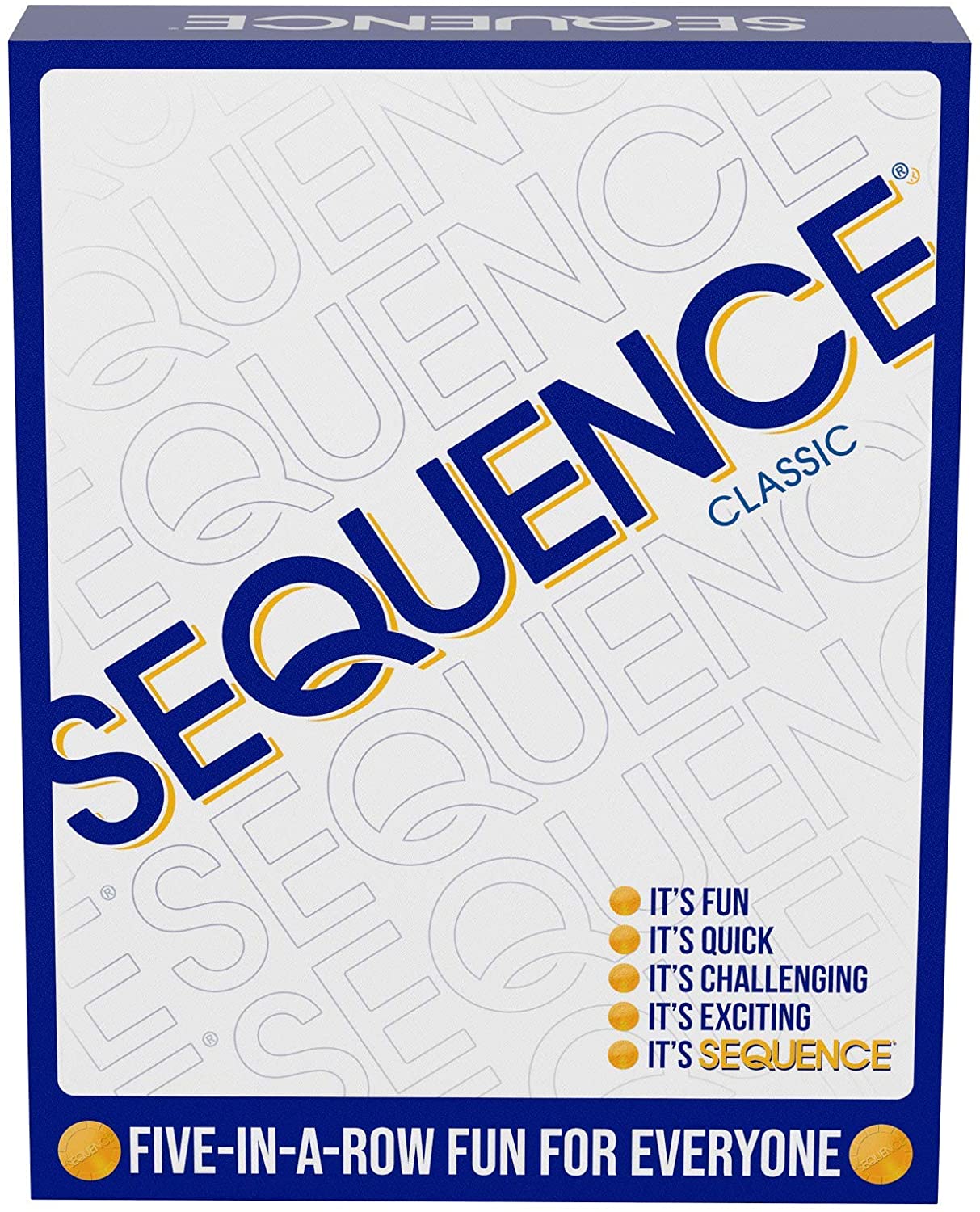Blue Orange Photosynthesis Environmental Teen Board Game
Last updated: April 29, 2022
Players take their seedlings to full bloom to rebirth in this teen board game. Earn points as the leaves collect energy from the revolving sun’s rays. This board game is made out of recycled materials.
We looked at the top Teen Board Games and dug through the reviews from some of the most popular review sites. Through this analysis, we've determined the best Teen Board Game you should buy.
Product Details
Key Takeaway: This environmentally focused teen board game is perfect for science enthusiasts.
In our analysis of 28 expert reviews, the Blue Orange Photosynthesis Environmental Teen Board Game
placed 7th when we looked at the top 9 products in the category. For the full ranking,
see below.
From The Manufacturer
STRATEGY TABLETOP BOARD GAME: Photosynthesis is one of the best environmental tactical board games referring to the life cycle of trees, for science and biology enthusiasts. This best-selling board game has an amazing table presence with an ever-changing forest made of high-quality cardboard pieces.
Expert Reviews
What reviewers liked
I’m glad to say the gameplay definitely matches the beauty of the game, and I can see this becoming a local favorite. The rules are easy enough to explain in just a few minutes, and after my first games, I know that there is still a lot to be explored in the strategy of when and where to place and grow my trees.
It’s a high-concept strategy game that centers around planting trees in a forest and harnessing energy from the sun.
Extremely thematic. Fun way to teach concept. Great tactical game play.
While Photosynthesis isn’t listed in the Europe Collection, it’s definitely a game that can be played both by kids and adults, and its popularity at this year’s Gen Con is no surprise: it’s a beautiful-looking game with deep, meaningful gameplay.
Beautiful looking components • Easy to learn rules with intuitive game play • Great sunlight mechanic helps keep the decisions interesting
Because most of us in our family enjoy games that require strategy and planning. As our kids have grown, they also enjoy games where there’s lots of player interaction. And Photosynthesis definitely has a lot of player interaction.
I am also blown away by the game’s mechanics. I have never seen anything like them before. The shifting sunlight, the shade, the harvesting of the sunlight… these are all interesting and unique things that have been combined to form a game that is easy to grasp, elegantly designed, fun to play, and challenging to master.
One thing that the game makers did very well was to include exceptionally clear pictures of just about every activity in the game on the instructions. Everything Justin had read to us in the instructions that hadn’t made sense was absolutely crystal clear with the instructions. As both a visual and linguistic learner, I found this to be super helpful.
What reviewers didn't like
it’s essentially an abstract game with a compelling theme. While that works well with 4 players, I’m not sure how that would translate with two players. (Well, honestly, I’m not sure I would enjoy it with two players – your mileage would obviously vary.)
High-concept strategy games aren’t always everyone’s cup of tea. They can require a bit more effort to get your head around than other games bursting with theme.
Can be unnecessarily cutthroat for a family game
My only minor complaints about the insert are that the medium and tall trees are too big to stand upright in the box, so you’ll need to put them in lying down, and that there’s no particular place to put the scoring tokens, so I usually just divvy them up among the four spaces.
End game can be a bit boring unless you planned really well
For starters, there’s plenty of thinking and planning in the game. And that doesn’t go over well with youngsters.
There have been quite a few times that cases have appeared during my gaming sessions that the rule book doesn’t adequately answer. Instead, we had to either house rule a thing or go through the words in the rule book with a fine toothed comb to try and come up with the proper answer. Also, the lack of plastic bags really bothers me
It’s pretty complicated, which can be tough to get a handle on but makes the game more interesting and keeps your attention pretty well.
From our partners
